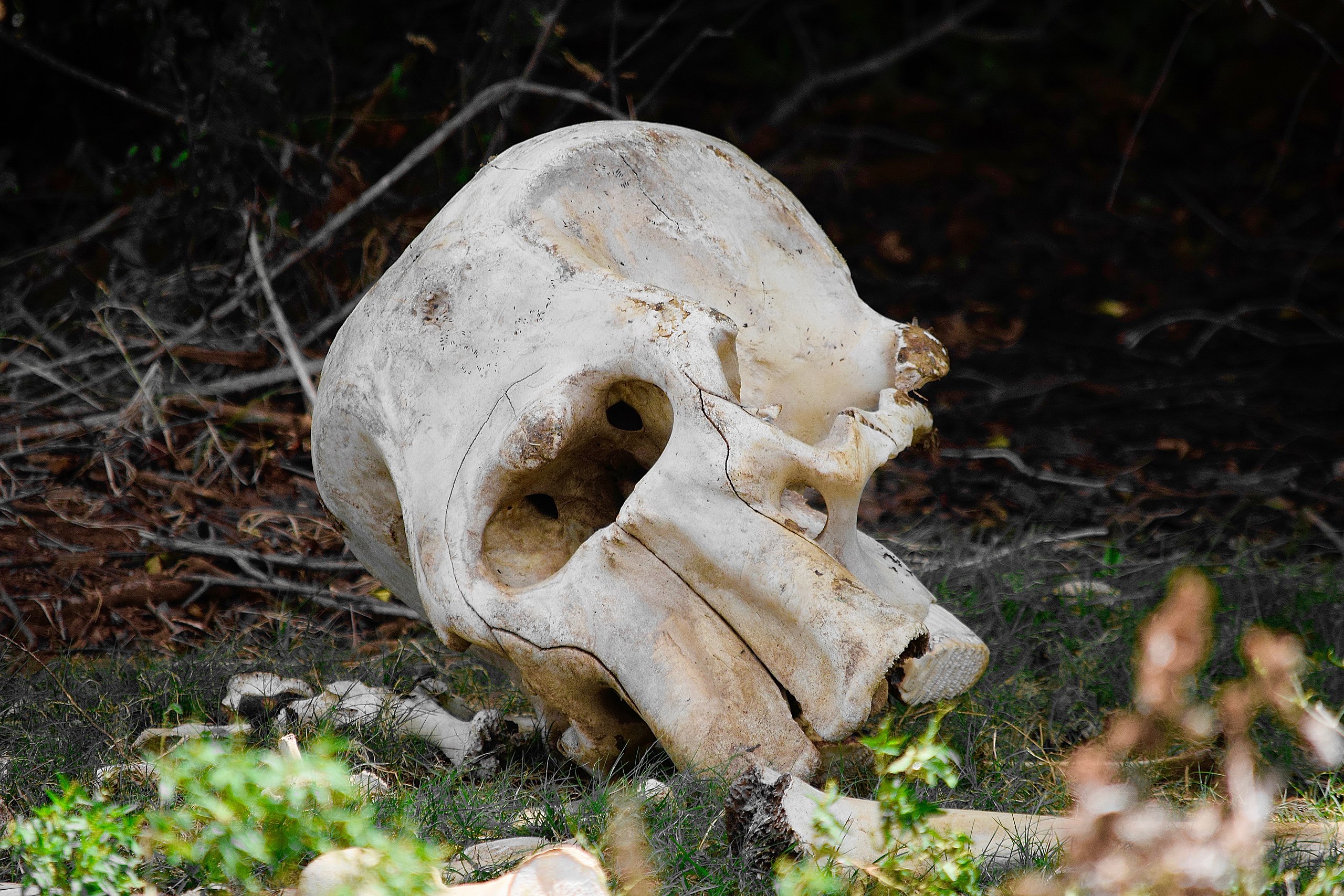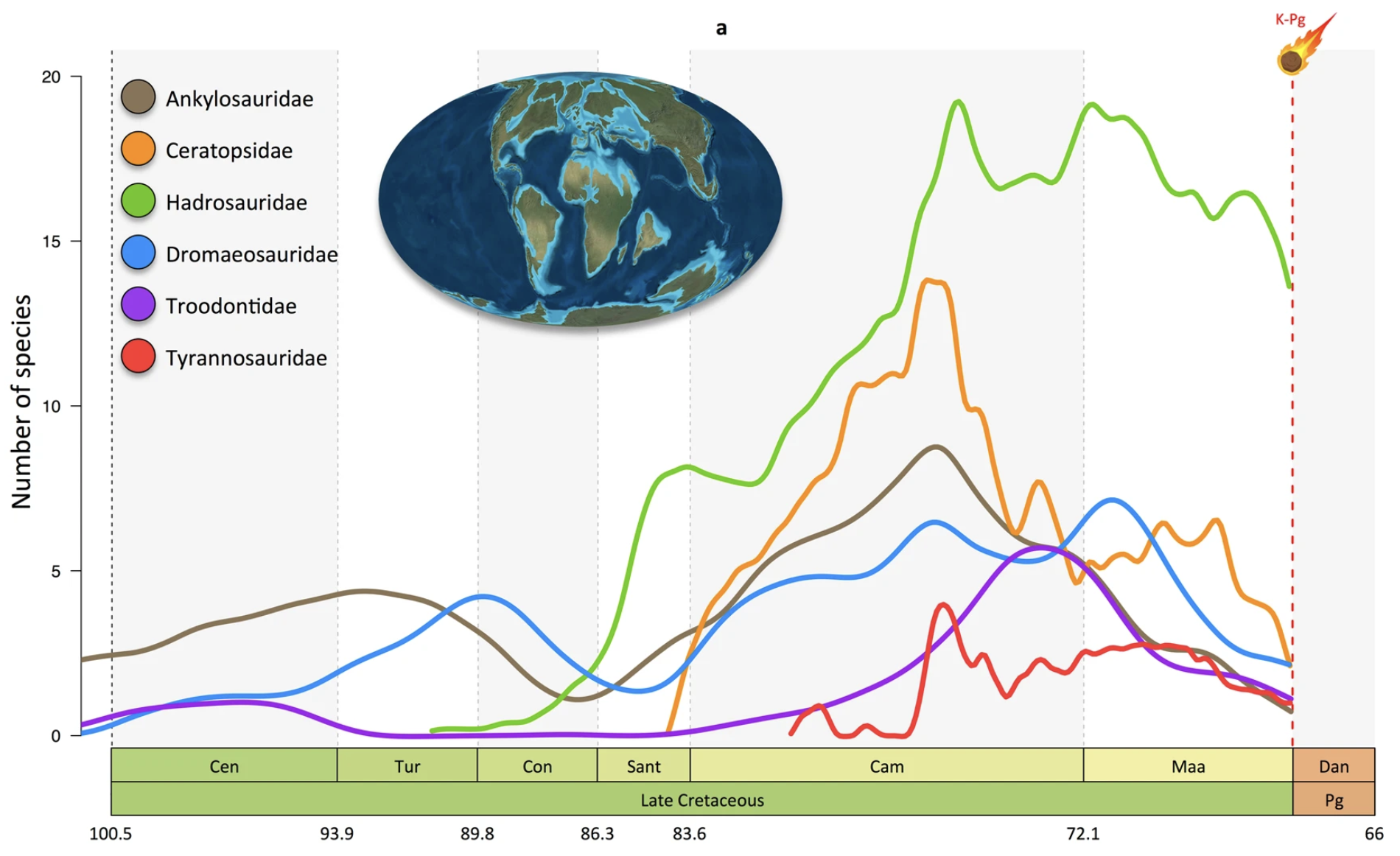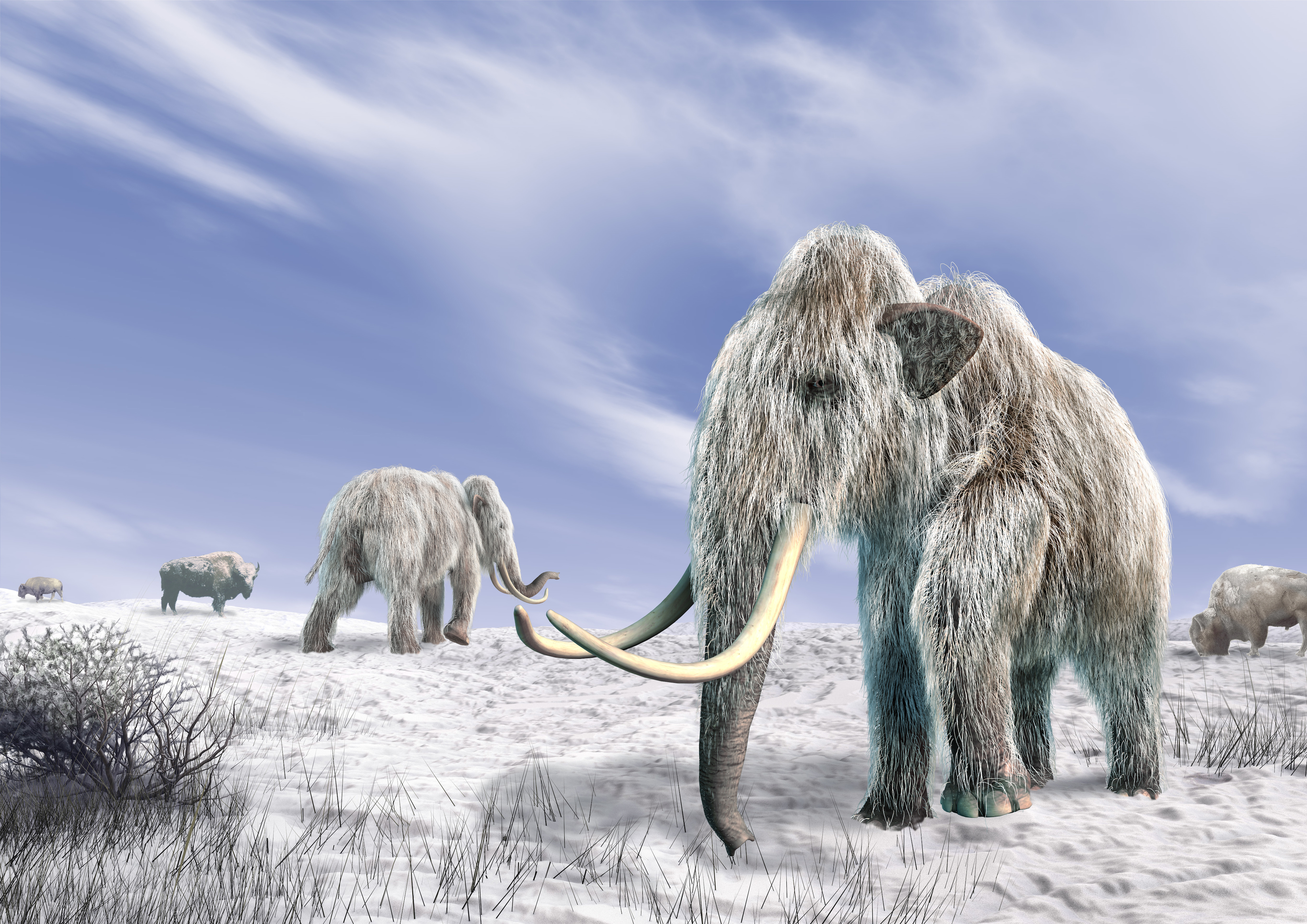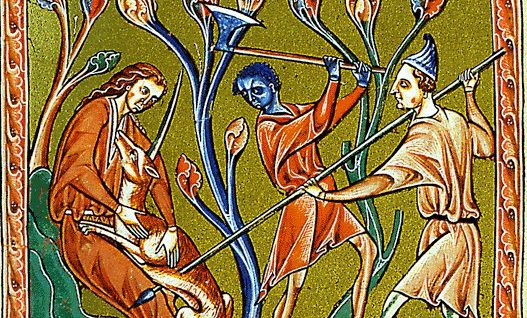From dragons to dinosaurs: How people interpreted fossils throughout history

- In the past, dinosaur fossils have been mistaken for Cyclopes, dragons, and giants.
- Without an understanding of evolution, extinction, or deep time, it was difficult to determine what fossils were or where they came from.
- Ultimately, these fossils discovers and the ensuing misinterpretations paved the way for the birth of paleontology.
In 1676, the British naturalist Robert Plot completed a book titled The Natural History of Oxfordshire. Addressed to King Charles II, it contains information on the flora, fauna, geology, and culture of the author’s hometown. In a chapter devoted to stones, Plot shares an illustration of one specimen in “the figure of the lowermost part of the thigh-bone.” It clearly belonged to an animal, but which one? It was too large for a horse or an ox, yet too small for an elephant. His final guess: a giant.
Looking over The Natural History of Oxfordshire a century later, Richard Brookes, another naturalist, copied Plot’s untitled drawing of the bone and labeled it Scrotum humanum. Although Brookes understood that its resemblance to a pair of testicles was superficial, the naming helped perpetuate the belief that it came from some kind of humanoid. It would take another century or two for the bone, now lost, to be recognized for what it probably was: a dinosaur femur.

Of course, Plot was far from the only person to come into contact with a fossil before concepts like evolution, extinction, and deep time were formulated, let alone commonly accepted. During much of human history, the origins of fossils — not to mention the Earth itself — were not explained through scientific inquiry and evidence but by myth, superstition, and organized religion. And those led to some pretty imaginative interpretations.
Early fossil discoveries
Many animal skeletons look nothing like their living counterparts. Case in point: the elephant. Experts will readily identify the gaping hole in the center of their skulls as the place where their trunk muscles attach. But to anyone unversed in proboscidean anatomy, these skulls look less like elephants and more like the fearsome, one-eyed Cyclops described in Homer’s Odyssey.
Coincidence? Paleontologists like Adrienne Mayor, author of The First Fossil Hunters: Paleontology in Greek and Roman Times, think not. Members of the elephant’s extended evolutionary family, such as 13-foot-tall Deinotherium giganteum, roamed Greece between the Middle Miocene and Early Pliocene. Some paleontologists argue there is a strong possibility that their alien-looking remains inspired the appearance of one of world mythology’s most iconic monsters.
A similar argument has been applied to China, where long-necked sauropod fossils, like the ones found in Qijiang City in 2015, could have provided the foundation for age-old stories about dragons. Again, not implausible. The country is home to some of the largest sauropods ever discovered, and to this day, pieces of their skeletons are passed off as “dragon bones” and sold in villages across Southeast Asia for their supposed medicinal powers.

Conversely, fossils found in medieval and early modern Europe were often interpreted through a Christian lens. In the 18th century, a well-respected Swiss physician named Johann Jakob Scheuchzer stumbled across what ultimately proved to be the bones of a giant salamander. He published an extensive treatise in which he described the fossilized remains as Homo diluvvi testis (or “the man who witnessed the flood”) and proclaimed it to be evidence of ancient humans who lived at the same time as the Biblical Noah.
When dinosaur fossils weren’t being identified as unicorns or sea serpents — two other infamous interpretations — they were mistaken for the remains of extant animals. While on his expedition through the lands acquired in the Louisiana Purchase, U.S. explorer and politician Meriwether Lewis found what he described as the rib of an enormous fish, but which subsequent observers attributed to a dinosaur. Years later, Gideon Mantell, a British paleontologist, mistook the conical tooth of a Spinosaurus for that of a large crocodile.
The evolution of paleontology
While it’s tempting to dismiss these early interpretations as ignorant, it’s also unfair. Plot and others interpreted the evidence based on their knowledge of natural history. Fossils weren’t recognized as extinct creatures because the idea that a species could disappear completely hadn’t been seriously considered yet. Nor were they recognized as prehistoric because, as Riley Black puts it in an article for Smithsonian Magazine, Biblical chronologies left no room for deep time.
Just as science cycled through alchemy before it arrived at chemistry, so too did these early misinterpretations pave the way for the emergence of paleontology. Back in the 16th century, the term fossil referred to pretty much anything that was dug up from the ground. This meant plant and animal remains were placed in the same category as minerals and meteorites (hence why Plot discusses his bone in a chapter devoted to stones instead of animals).
“The primary problem at this period,” the historian Martin J. S. Rudwick explains in an article, “was not to decide whether or not fossils (in the modern sense) were organic in origin, but to understand why such diverse objects were all ‘stony’ in composition.” This debate was reframed in 1667 by the Danish medical scholar Nicolas Steno, who made a clear distinction between stones that were organic in origin (such as fossils) and stones that weren’t (such as crystals).

Steno stopped short of accurately assessing the age of fossils in addition to their natural composition. Like everyone else, he assumed that the world was only a few thousand years old and that the marine fossils he’d found on dry land had been deposited there by the Great Flood. “A long prehuman history,” writes Rudwick, “was generally unthinkable, not because it might have seemed to conflict with the Bible […] but because it would have seemed to leave that history without meaning or significance.”
The next step was taken by the French naturalist Georges Cuvier, who in 1808 became the first person to accurately identify a mosasaur fossil as belonging to a giant marine reptile that had not only gone extinct but lived long, long before the commonly accepted birthday of the Earth. Cuvier’s studies on meaningful designs and adaptations of skeletons not only appeased his religious contemporaries. It also constituted the final leg of the journey that takes us from Plot to Darwin, from dragons to dinosaurs.





